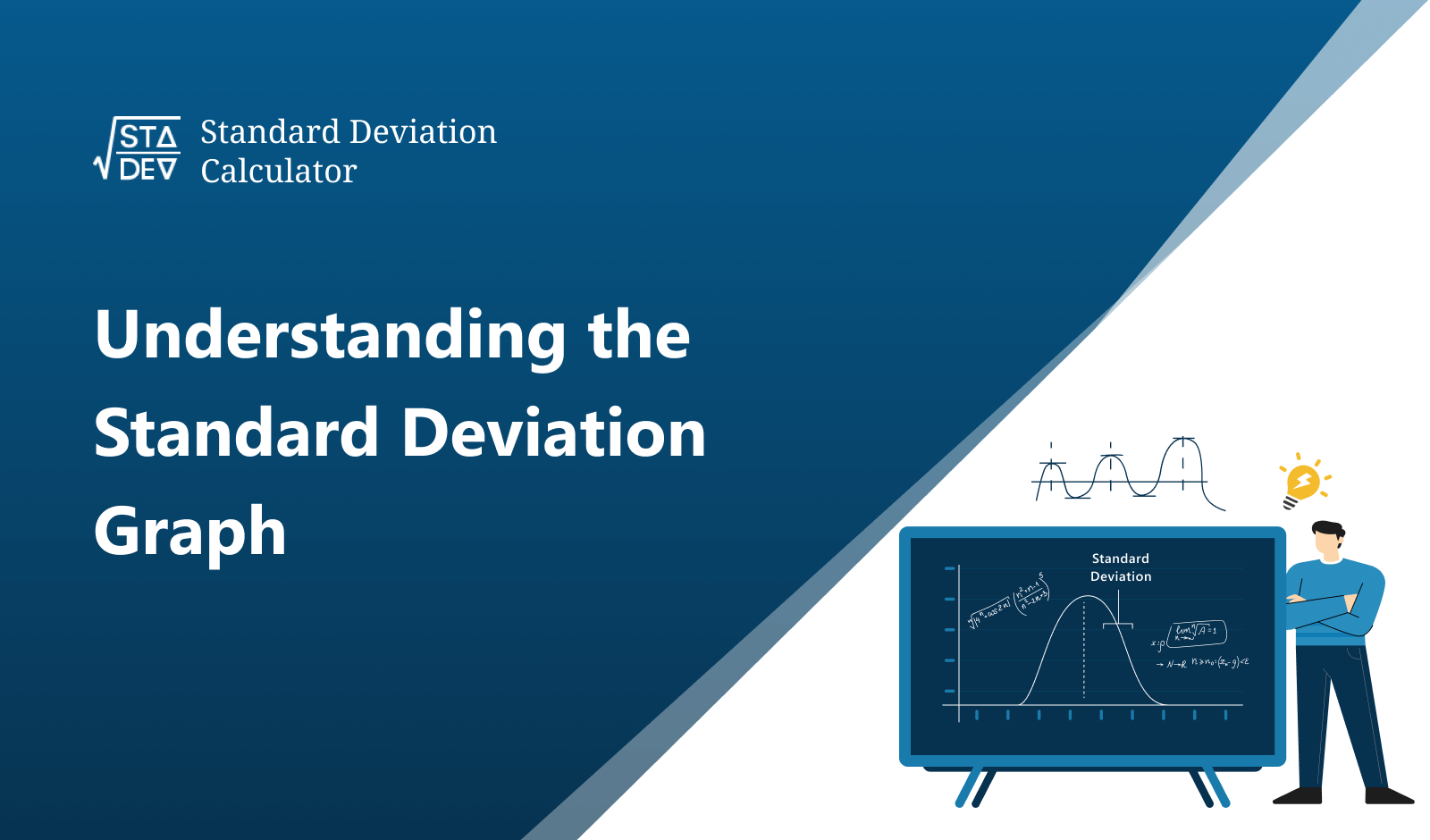Chi Square Calculator is an online free tool used to find the chi-square value by using the chi-square statistics and performing the chi-square test to determine the relationship between the variables of the given data set by finding the values of the degrees of freedom and the p-value of the data.
This chi square test calculator performs the chi-square statistics with the help of chi-square distribution formula to test the validation of the null hypothesis and determine whether observed data fits for expected distributions or whether there is a significant association between different variables.
What is Chi square?
A Chi-square is the static value of the data that tells how the data values are compared with the actual observed data in any statistical test. To determine its value perform the chi-square statistic on a large sample data of independent variables and the given data is random or mutually exclusive.
After finding its value apply the chi-square test on the given data to test the hypothesis and compare the size of any discrepancies between the expected value and actual value of the data by using the sample size and the number of variables in the given data.
For the chi-square test use the chi-square distribution and its formula. For this test, the degrees of freedom can be used to conclude whether the null hypothesis is rejected based on the total number of independent variables and samples used in the experiment of chi-square analysis. If the sample size is large, the chi-square statistics gives more reliable results for any random data.
What is Chi-Square distribution?
The chi-square distribution is a test used to test a hypothesis and is denoted by X2. In probability theory and statistics, the Chi-Square distribution is also known as the Central Chi-Square distribution.
The formula of Chi-Square distribution:
Generally, we use the following formula to calculate the Chi-Square distribution:
Chi-Square distribution = X2 = ∑ (Oi – Ei)2 / Ei
In the above formula:
- Oi = Original values provided in data
- Ei = Expected value calculated by the following formula
- E = RT × CT / GT
Here
- RT = Row Total
- CT = Column Total
- GT = Grand Total
Steps to calculate Chi-Square Distribution manually:
These are the following steps of Chi-Square distribution:
- Make a null hypothesis and also write an alternate hypothesis
- Calculate rows, columns, and Grand total
- Calculate the “expected value” E with the help of rows, columns, and grand total
- Draw a table and put the original and expected values in separate columns
- Calculate (O – E) in the next column
- Calculate (O – E)2 in the next column
- Calculate (O – E)2 / E in the next column
- The sum of the last column is our calculated value
- Find out the degree of freedom by the (r – 1) * (c – 1) formula
- Use the degree of freedom and level of significance to find out the table value
- Compare the calculated value and table value and write a conclusion
Alternatively, use the above chi square calculator to calculate the Chi-Square Distribution value quickly.
Chi-Square Examples:
In this section, we solve an example with the help of basic rules of Chi-square distribution.
Example:
Calculate Chi-Square distribution by taking null hypothesis Ho: µ1 = µ2 and H1: µ1 ≠ µ2 with the level of significance 5%.
| Category 1 | Category 2 |
Group 1 | 64 | 56 |
Group 2 | 42 | 28 |
Solution:
Step 1: Extract the data.
Ho: µ1 = µ2
H1: µ1 ≠ µ2
Step 2: Find RT, CT, and GT
| Category 1 | Category 2 | Total |
Group 1 | 64 | 56 | 120 |
Group 2 | 42 | 28 | 70 |
Total | 106 | 84 | 190 |
Step 3: Calculate Expected values
| Category 1 | Category 2 |
Group 1 | 66.947 | 53.053 |
Group 2 | 39.053 | 30.947 |
Step 4: Draw a Table and calculate the Chi-Square distribution value
O | E | O – E | (O – E)2 | (O – E)2 / E |
64 | 66.947 | - 2.947 | 8.6848 | 0.1297 |
56 | 53.053 | 2.947 | 8.6848 | 0.1637 |
42 | 39.053 | 2.947 | 8.6848 | 0.2223 |
28 | 30.947 | - 2.947 | 8.6848 | 0.2806 |
| | | Total | 0.7963 |
Step 5: Calculate the Degree of freedom
Df = (r – 1) * (c – 1)
Df = (2 – 1) * (2 – 1)
Df = 1 * 1
Df = 1
Step 6: Find out the table value
Table value = 0.3720
Step 7: Conclusion
Because the calculated value is greater than the table and lies in the critical region. So we reject the null hypothesis and accept the alternate hypothesis.
To verify the calculated value of the Chi-Square distribution and p-value use our above chi square calculator that provides the answer with detailed steps.
Frequently Asked Questions
What is a chi square test in chi square analysis?
A chi-square test is a statistical test that is used to compare observed results with the experimental or expected results in any chi square analysis. This test determines the difference between the observed value and the expected value due to its chance or relationship between the variables for the large sample sizes. For the numerical value use our above chi square test calculator by performing the chi-square test.
What Is a Chi-Square Test Used for?
It is a statistical test that is used to examine the differences between the observed value and the expected value for the categorical variables of any large-size random sample data.
Is chi-square negative?
No, chi square value can never be negative because it is determined by the sum of the set of squared values. The minimum chi-square “χ2” value is zero if the value of Z=0. Moreover, the chi square distribution is positive because it is always skewed to the right side of the curve.
How to calculate chi squared value?
The value of the chi-squared can be calculated by the use of the chi square distribution formula. The formula is stated as X2 = ∑ (Oi – Ei)2 / Ei. To find its value first subtract the observed data with the corresponding expected value and then take the square of this value. After finding the square of the difference divide by the expected value of the data for each observation one by one. Finally, take the sum of all values and get the chi-squared value. Moreover, use our above Chi square calculator to determine its value quickly without following any steps or using a formula.
What is a good chi-square value?
A chi-square value depends on the expected frequency of the random data then a good chi-square value is taken as “5” for the minimum expected frequency is also five.







